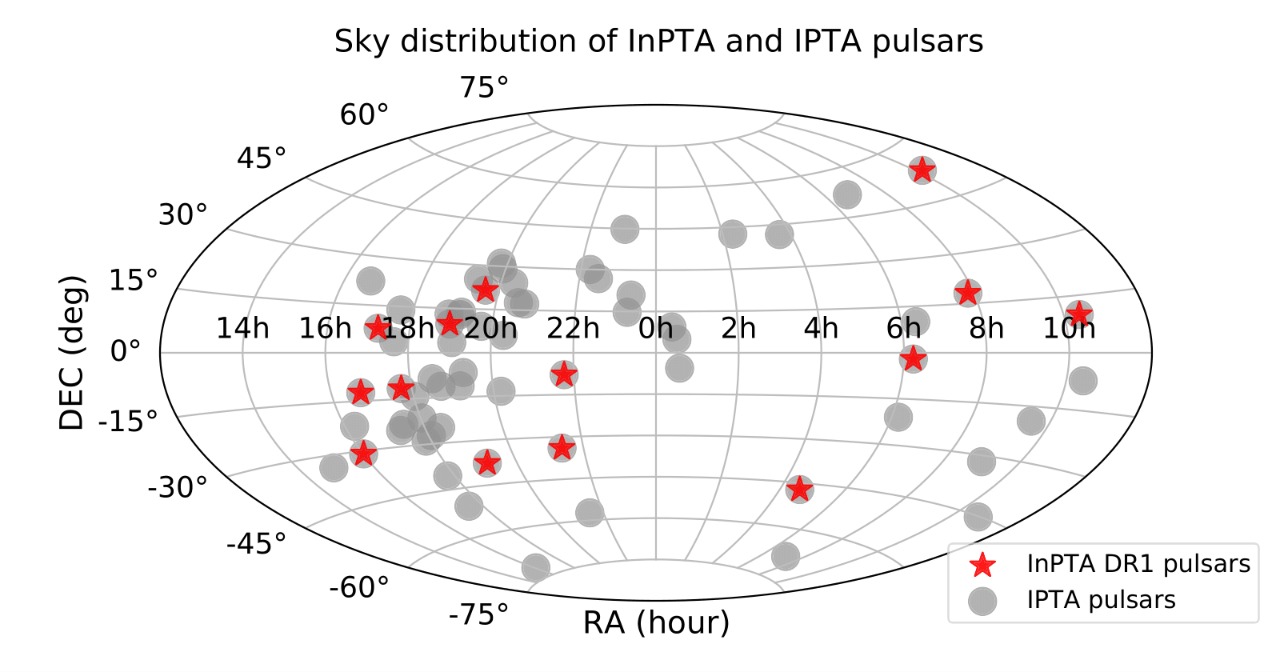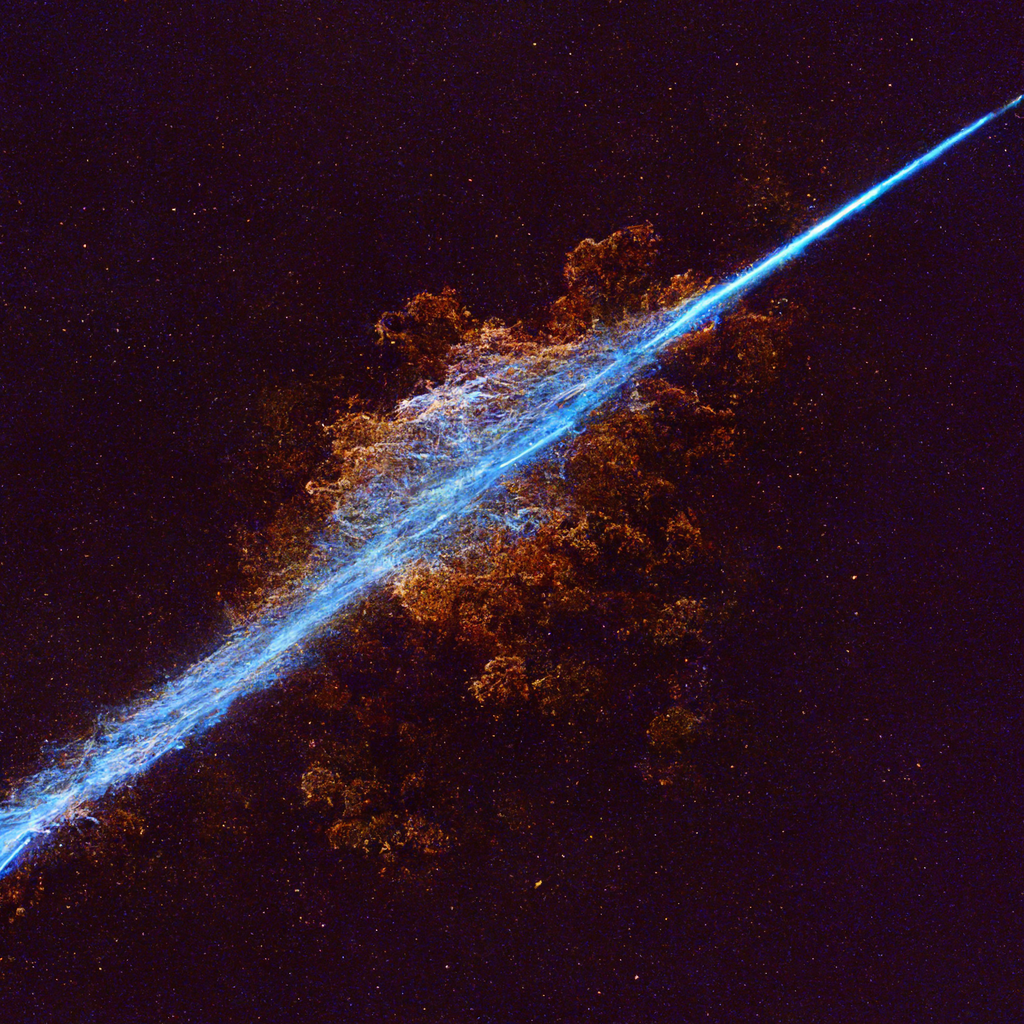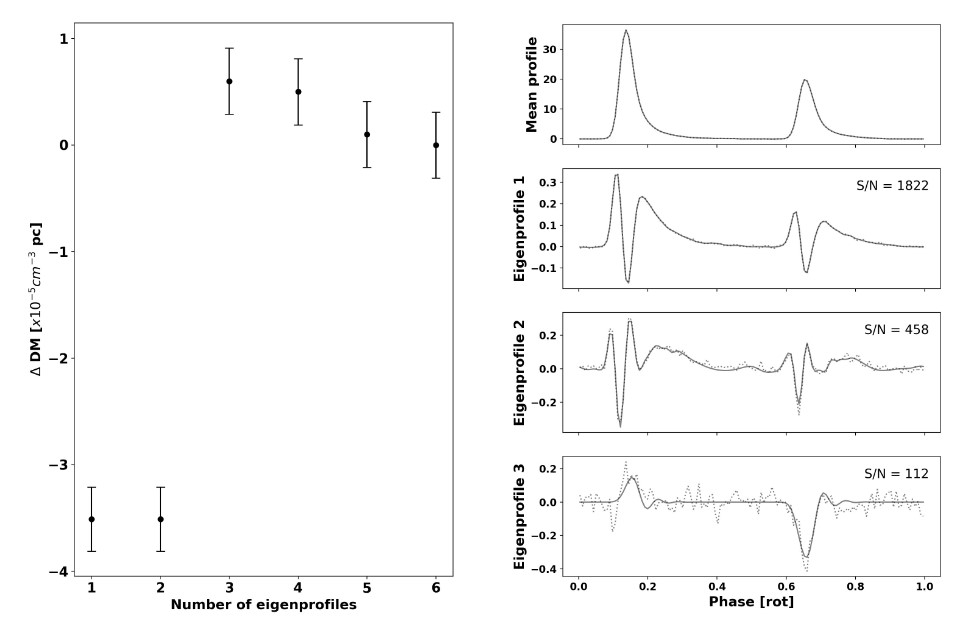
Indian Pulsar Timing Array Experiment (InPTA) is a pulsar timing experiment searching for low frequency nanoHz Gravitational Waves in operation since 2016. InPTA is a Indo-Japanese collaboration which makes use of the unique capabilities of the upgraded Giant Meterwave Radio Telescope (uGMRT) for monitoring a sample of nearby millisecond pulsars for this purpose. InPTA is a member of International Pulsar Timing collaboration (IPTA). The Aitoff map on the right shows all the pulsars observed for the experiment.

InPTA with EPTA found hint of evidence for the Gravitational Wave Background
Recent Highlights
InPTA along with European Pulsar Timing Array detects a hint of Gravitational Wave Background
We see early signs of a Gravitational Wave background in our combined dataset with the European Pulsar Timing Array. These results corroborate with those from NANOGrav and Parkes Pulsar Timing Array. This background likely has its origins in merging supermassive black holes all accross the universe, though the signal may have signs of other phenomena such as phase transitions in the earth universe. These experiments uses radio telescopes to observe pulsars, rapidly rotating neutron stars which can be used like celestial clocks. As GWs are perturbations in space-time, these experiments detect a change in the way these clocks keep time, hence detecting gravitational waves. Read More

Indian Pulsar Timing Array charts interstellar weather to capture black hole symphony
Indian Pulsar Timing Array recently released its first collection of precise measurements of variations in interstellar weather as part of their efforts to discover ultra-long period Gravitational Waves. This data release stems from three and a half years of observation using the upgraded Giant Metrewave Radio Telescope (uGMRT) operated by NCRA-TIFR near Pune. The uGMRT allows InPTA to do simultaneous observations in multibands recording parallely, giving InPTa the unique strength to measure interstellar electron densities with the highest precisions making a critical addition to the combined international efforts in discovering long-period gravitational waves which could just be hidden... Read More

Wide-band Timing
High-precision measurements of the pulsar dispersion measure (DM) are possible using telescopes with low-frequency wideband receivers. We present an initial study of the application of the wideband timing technique, which can simultaneously measure the pulsar times of arrival (ToAs) and DMs, for a set of five pulsars observed with the upgraded Giant Metrewave Radio Telescope (uGMRT) as part of the Indian Pulsar Timing Array (InPTA) campaign.
We obtain high precision in DM measurements with precisions of the order 10-6cm-3pc. The ToAs obtained have sub-μs precision and the root-mean-square of the post-fit ToA residuals are in the sub-μs range. We find that the uncertainties in the DMs and ToAs obtained with this wideband technique, applied to low-frequency data, are consistent with the results obtained with traditional pulsar timing techniques and comparable to high-frequency results from other PTAs. This work opens up an interesting possibility of using low-frequency wideband observations for precision pulsar timing and gravitational wave detection with similar precision as high-frequency observations used conventionally. Read the full article here.

Older Press releases
InPTA Chennai Busy Week 2023

Counter
